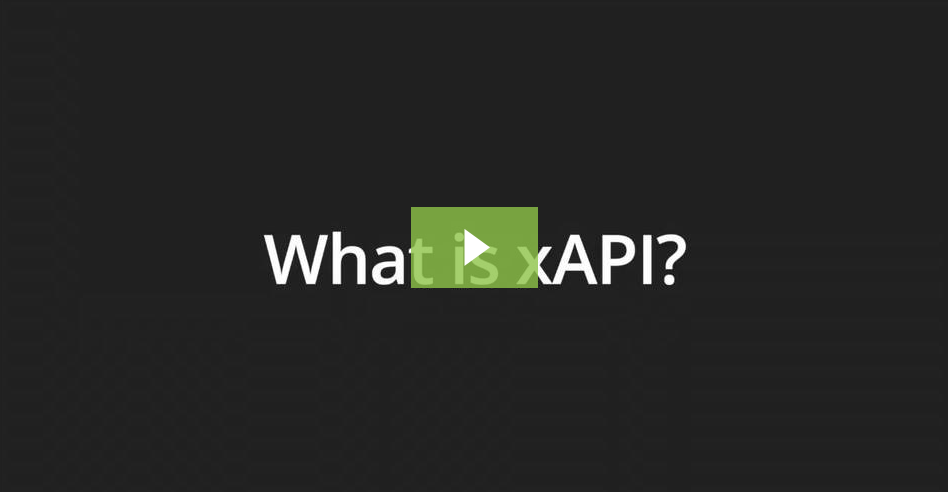A Simple, Modern and Flexible Learning Management System
A Learning Management System, or LMS, is the core of a modern learning strategy. Today's training must be easy to create, easy to consume, especially on a mobile device, and most-importantly, trackable and reportable.
Piecing Parts Together: A Bad First Step
The usual starting point for a company trying to modernize their learning strategy is the "piecing parts together" method. Take the tools they already have, add some more, and somehow piece together a usable learning system. The intent is to save money by leveraging existing tools. Here are the problems frequently encountered with this approach:
- The established content-creation tool can't produce html5 content, meaning it isn't mobile-ready.
- The SMEs are using whatever tool they want, even Word and PowerPoint, meaning their content is also not mobile-ready.
- No one really knows how to set up their SCORM file or their xAPI statements even if they have tools capable of utilizing them.
- It's challenging to properly set up content to track on a stand-alone LMS, and many errors occur, often from human mistakes.
- Trying to code training plans and programs creates a patchwork of equivalencies that are always one change away from breaking down.
- Administrators, attempting to make it all work, become a barrier to quickly staging content and users lose faith in the entire endeavor.
Basically, a pieced-together system works like any pieced-together system. It takes a lot of effort to keep it all working, and the smallest change introduces a week of chaos and late nights. What you really need is an end-to-end system. An integrated system built and intended to work together. A system like PlayerLync.
Integration Equals Ease of Use
Imagine a content creation tool that is already tied to your training system, your review/sign-off team, your reporting structure and your feedback system. Such a tool would be the center of the training strategy and everyone would use it. With a tool like PlayerLync, this could be your experience:
- Designers or SMEs create content in PlayerLync, including adding video, forms and even 360 video.
- Reviewers sign in and review the content.
- Learners get the content they need on whatever device they have because it is published directly to the intended user group(s) based on organizational hierarchies or other set parameters.
- Content builders get feedback in real-time from users taking and completing the content.
- Training leaders get real-time data not only on completions, but also on progress along training plans. They can slice and dice the data however they like.
- Business leaders track training impact, compare one organization to another and identity trends in the company.
Ease of Use Equals Buy-In
The number one issue with establishing a new learning system is adoption. The number one resistance to adoption is difficulty in using the system. PlayerLync was built from the ground up to be easy to use and to feel like a single system. As the old saying goes, the best form of training is the one your learners actually use. PlayerLync is the one they will use, because it never forgets that the purpose of a learning system is to make it easy to learn. When a system has buy-in from learners, creators and leaders, say goodbye to adoption issues.
Ultimately, you should build your training strategy around tools that work well together, are well-supported, and offer flexibility to support your changing needs. Download our guide "How Restaurants are Using Modern Learning to Driving Innovation" to learn more on how the restaurant industry is adopting these trends.





